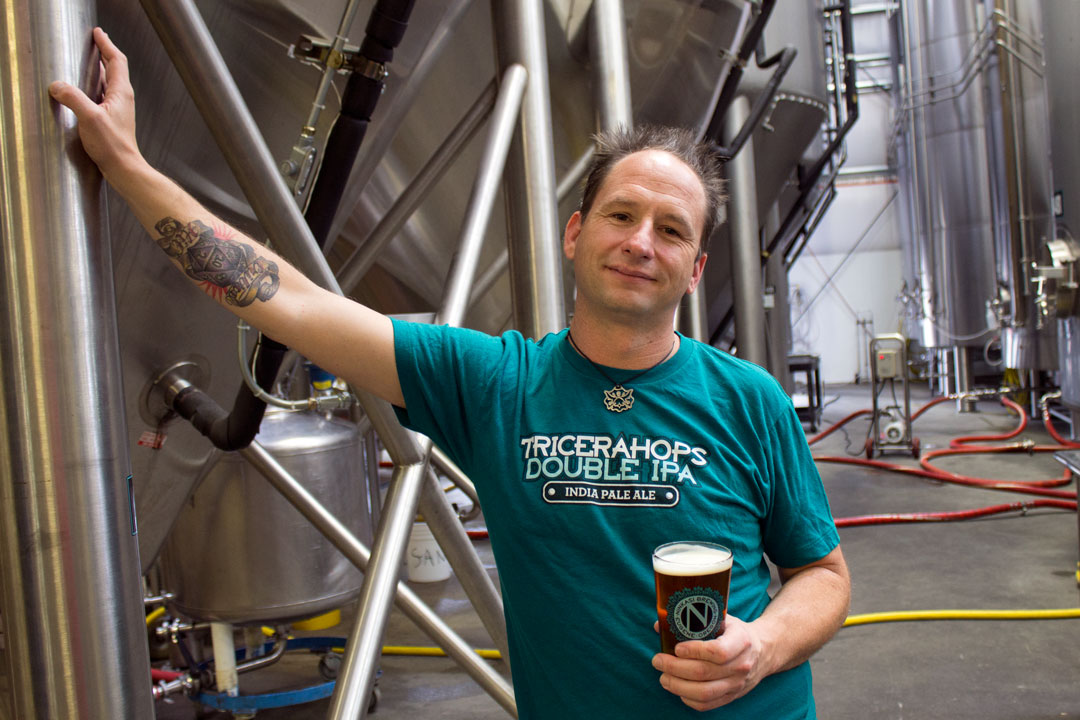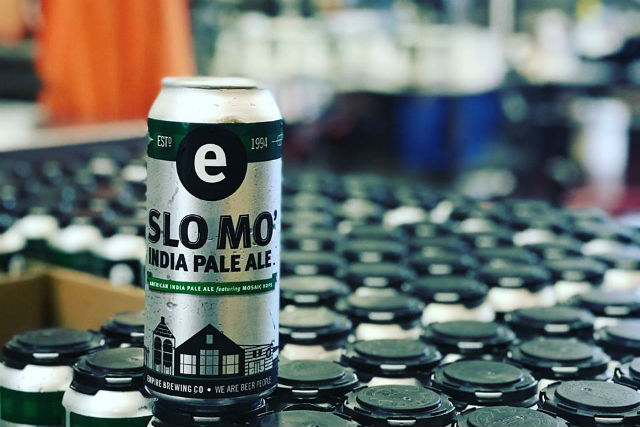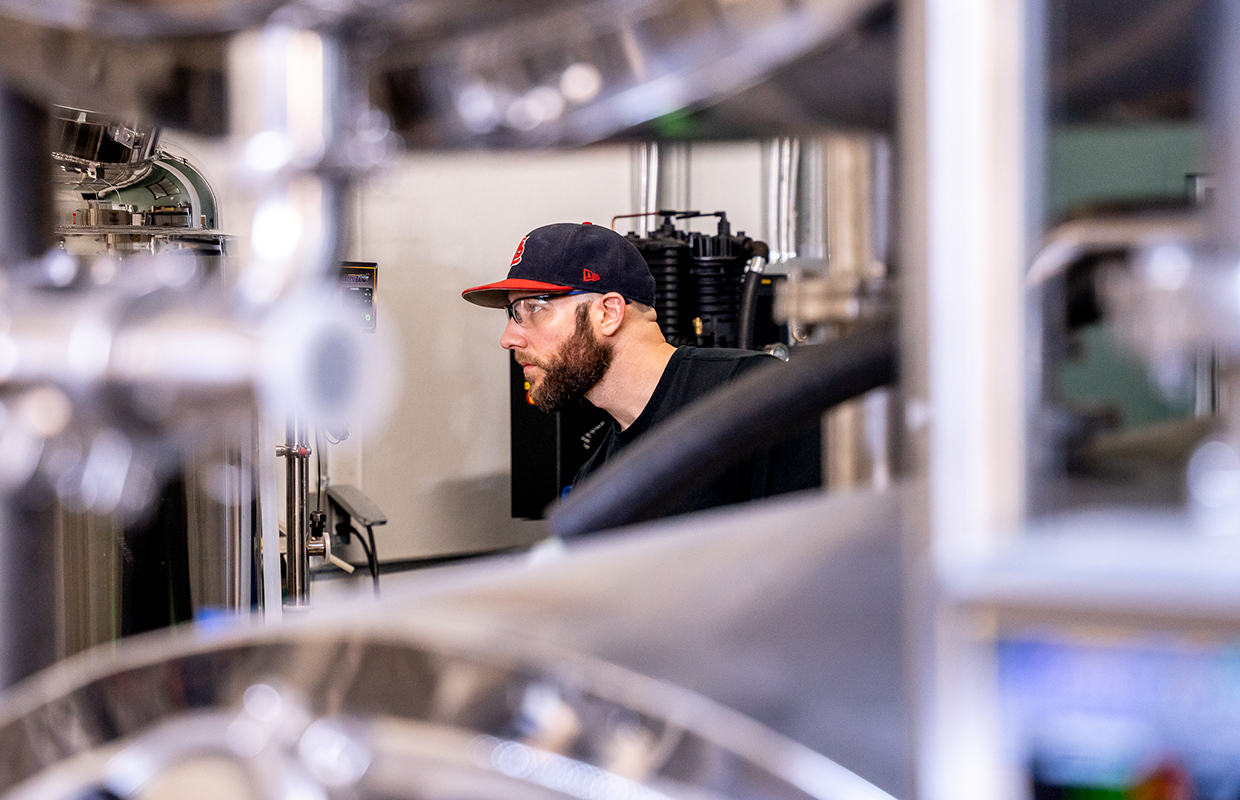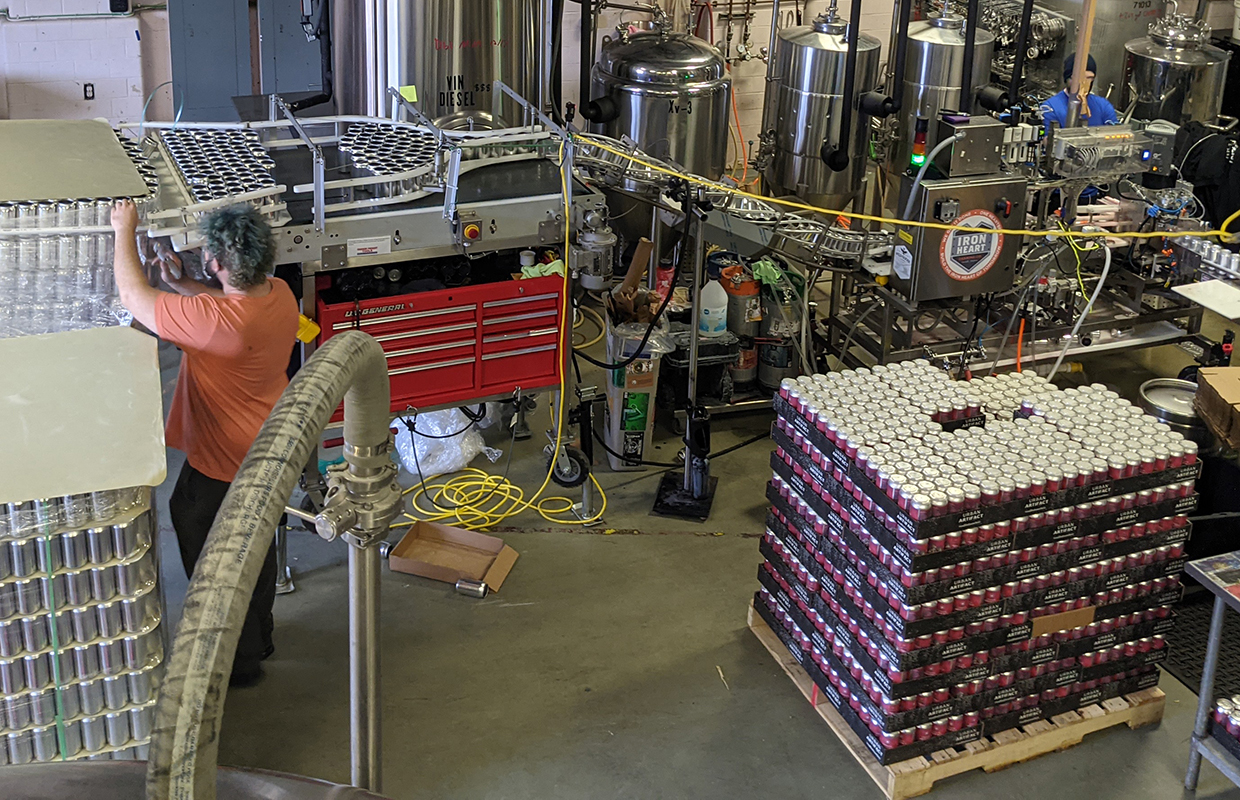
We wanted to bring you insights into the different strands of hops, so we reached out to Jamie Floyd, the owner & brewer for Ninkasi Brewing Company, concerning his expertise and experience with Cascade hops.
BM: What was the first beer you ever used Cascade hops for?
JF: So I believe the first time I used Cascades was for a Pale Ale Extract Kit for my second ever home brew in 1990. My brewing friends Russ and Alex and I made a stout before that with Nuggets and Northern Brewer but the second beer was a Pale Ale with 100 percent Cascade hops. I started brewing when I was 17 and there were not many hop varieties available especially at home brew shops back then. I started working at Steelhead in the brewery in 1995. The first beer I was able to help with as an assistant was Hearthside Wheatwine that had Cascades in it. I still have a few bottles of that beer from all the way back! I later refined the recipe when I was head brewer and got two medals at the GABF in the Other Strong Ales and Lagers category before there was a Wheatwine specific category if its own. Other standard recipes had Cascades in them too. It was the hop of the 90s for sure. I bet a least half of the recipes made in the 90s by craft breweries had Cascades in them.
When I first started working on my Winter Seasonal Heatmiser at Steelhead I wanted to bring some of the Earthiness of Kent Goldings for the British historical nod but also wanted to bring in the Pacific Northwest and used Cascades with them. I loved that they both brought out the best in each other.
BM: In what ways have you used cascade outside of brewing the traditional pale ale?
JF: For outside of the box thinking I have used Cascades for Stouts bringing some citrus flavors into the mix with the roasted malt. Back in the mid 90s lots of brewers like myself would experiment with new grains. Many of us made some of the first Cascadian Dark Ales/ Black IPAs as experiments. I used Cascades in many of these beers so that when the hops came out they were distinct from the dark malt bitterness. It allowed me to really see how dark malt can mute out hop aroma and flavor. By using Cascades we could tell when the hops started to come out. After many tries I realized that using Dehusked Carffe malt instead of Black and or Chocolate malt helped keep the bitterness in place. The Cascades were a great way to track the process with its distinct character and when the roast was held in check then the lovely flavor of the Cascades came out. Most of the dark hoppy beers I like have Cascades as one of the hops.
BM: Why has Cascade become such a staple to the brewing industry?
JF: Cascades have become staples in craft for many reasons. The first time I had a beer with Cascades in them was Sierra Nevada. Ken Grossman had found them after having Liberty Ale by Anchor Steam, which was the first modern IPA released. Ken loved them and used them in his Pale. I grew up in the Bay Area so when I had the ability to drink craft in the late 80s, these two beers were available. I think most brewers followed along and started using them rather than Cluster or some of the older varieties. There was no Internet, clone recipes, or even many people to talk to when making beers, so we all had few role models to look to for what was happening. I think it was great as it forced me to experiment on my own rather than read what others did, but it also meant we had to find new ingredients on our own.
BM: What types of changes have you noticed in the development of Cascade hops since you started using them?
JF: Cascades have had a lot of research done on them compared to many of the modern craft-driven hops. Having Sierra Nevada and Anchor favor them early helped make growers want to grow them. It was a big risk for both brewers and growers then compared to some of the workhorse hops of its time. If these early pioneers hadn’t used them then, the Cascade could have fallen out of favor and been lost. As many other breweries in the 90s focused on them then the acres grown continued to grow. As a result there have been many years of crops grown, and because of its popularity by both brewers and by the hop growers, there has been a lot of recorded data about Cascades. Every year there is a competition called the Cascade Cup between hop growers who grow Cascades to judge the best of the crop by the Quality Hop Group, Suppliers, and other growers. As many as 30 examples of Cascades are evaluated by trained folks who know good Cascades for their quality, aroma, flavor and look. It’s popularity has kept the hop at it’s prime. I think Cascades have much of the same character they had back in the old days. Citrus, with a touch of earthy and resinous character. Being a mid alpha hop it is great for bittering and aroma properties which I think is one of the reasons it is still so popular. Other hops over the years have changed in many ways.
Centennials and Amarillos are still some of my favorite hops but they are different than when I first started using them. That being said, because Cascade is so popular with brewers and growers so there can be a big divergence in Cascades year to year. For those who get to select hops directly during harvest, the hops sourced can be really similar, but since so many different fields of them are grown, the entire crop can have some big differences both in visual and brewing quality. Not every grower makes the Cascade Cup cut.






Be the first to comment